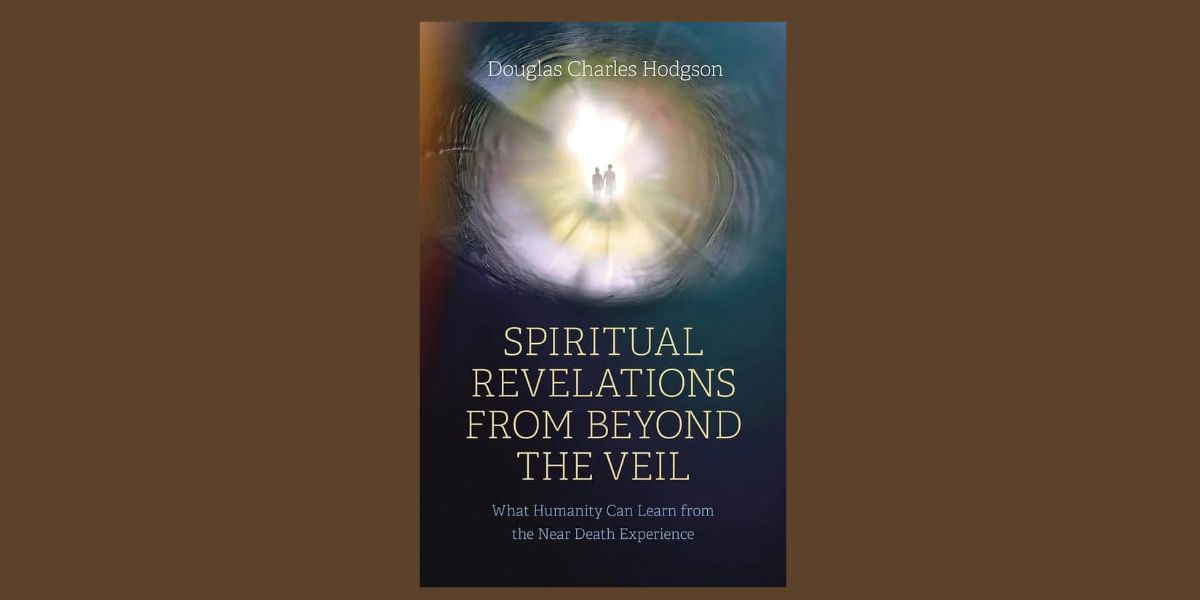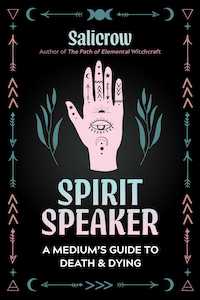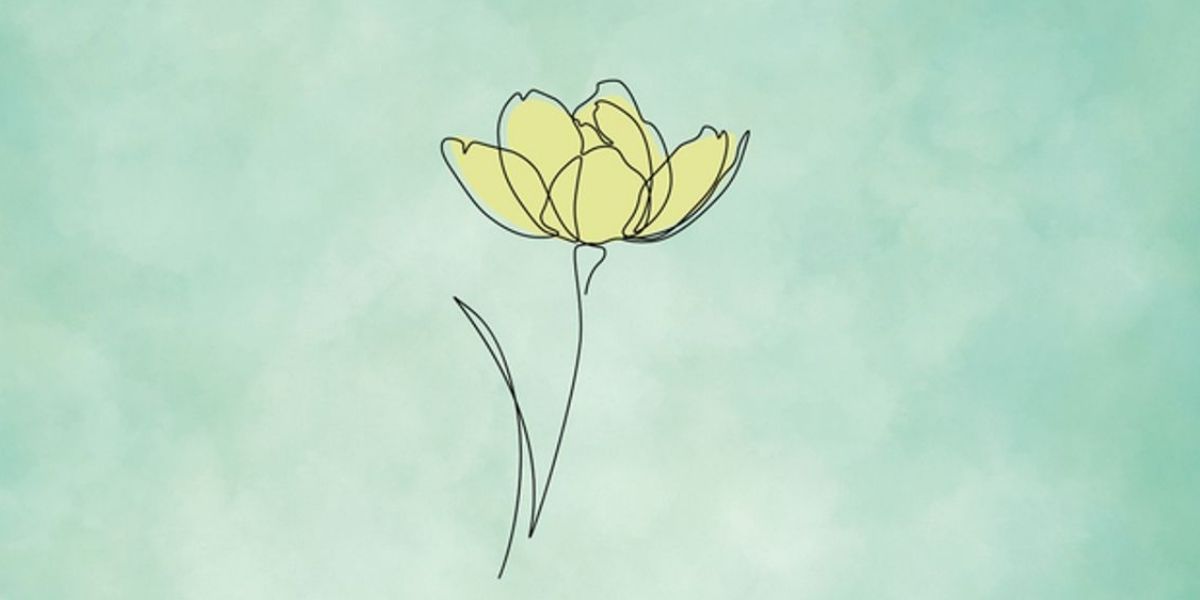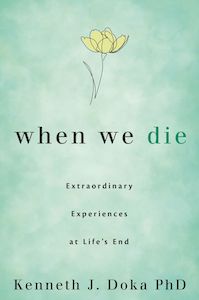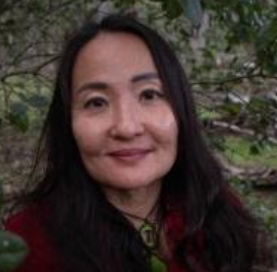
Spiritual Revelations from Beyond the Veil: What Humanity Can Learn from the Near Death Experience, by Douglas Charles Hodgson
O-Books, 1803413409, 152 pages, January 2024
In his beautiful tribute to life on the Other Side, Douglas Charles Hodgson highlights experiences from people who have had near death experiences (NDEs) in Spiritual Revelations from Beyond the Veil: What Humanity Can Learn from the Near Death Experience. This book not only recaps these experiences, but also catalogs what he learned from over 500 interviews from the International Association for Near-Death Studies and its website.
Douglas Charles Hodgson is a retired lawyer, dean, and professor of law, who has focused on human rights, religious discrimination, and religious fundamentalism. Following his forty-year legal career in Canada, England, Australia, and New Zealand, he began a study of twelve religions, as he searched for the meaning of life. After this exploration, he wrote a book called Transcendental Spirituality, Wisdom and Virtue. Hodgson has also written four other books. Born in Canada, Hodgson now lives in Perth, Australia and has dual citizenship.
In his preface, Hodgson presents the concept for his book and how he came to be interested in NDE experiences, following the publication of his book on transcendental spirituality. He made use of information from the International Association for Near-Death Studies (IANDS) and the hundreds of accounts from people who experienced NDEs. He asserts that he “decouples spirituality from a religious context”1:
“Indeed, numerous IANDS authors declared that before their near-death experience, they had no religion and did not believe in the existence of God or an afterlife, while others who were adherents to a particular religion or faith declared that after their experience, their particular religion was of less importance to them and henceforth aspired to be more spiritual in their outlook on life and in their dealings with others in the natural environment.”2
He hopes that this book will “provide comfort and assurance to those who have fear or uncertainty about the eventual demise of their physical bodies. It is to reassure them that their souls are eternal and that there is a beautiful afterlife to be enjoyed within the higher spiritual realms (our true home).”3
Hodgson takes care to let the reader know that all accounts were anonymous, and that no identifying information is shared. He also points out that while no two NDEs are the same, there are similarities and accounts that “tend to corroborate one another.”4 Within this book, Hodgson takes the accounts from people who have experienced an NDE and arranges the comments into nineteen categories.
Starting each chapter with the name of the topic, Hodgson provides a brief explanation of the NDE information that he will include. Then, he lists the comments or experiential narrative from each NDE that fits in this category.
For example, the first chapter is entitled “God/The Source”, and it includes what various NDE authors “have described concerning their encounters with God and God’s supra-human qualities and attributes as well as any messages or revelations which were imparted to them either by God or higher spiritual beings.”5
Here are just a few of these comments:
“God exists as well as an afterlife beyond our earthly life.”6
“God is our creator and our soul returns to him.”7
“God is the center, and we are all spokes of the universal wheel.”8
My favorite chapter was one entitled “Loving Yourself”. In this chapter, Hodgson shares the importance of loving oneself, “not in a narcissistic sense but in a compassionate sense.”9 He goes on to share revelations on self-love from those who experienced an NDE, including the following comment:
“My life review taught me that before we can let God’s light and love in, we must forgive ourselves.”10
Hodgson’s book is written in a very conversational, clear style. The information is presented in a very open and objective way, and one that does not include any bias or religious connotations. I am impressed by the time and work that went into researching, cataloging, and writing this chronicle of NDEs. The organization of all of this material, from over 500 accounts of NDEs, is truly remarkable. He also includes a few sources for learning more about NDEs.
What I like best about Hodgson’s book is the way that I can use this information for daily encouragement or journal prompts. For example, in the chapter called “Our Earthly Life Purpose and Meaning”, I saw these thought-provoking prompts that I want to use for daily affirmations:
“Life is meant to be lived in abundance.”
“Do not be concerned over what others may think of you. “
“There is meaning in everything.”
Spiritual Revelations from Beyond the Veil would be great for all interested in what happens after we pass on, including anyone who needs encouragement after a loss, someone at a crossroads or someone asking “why?” in a general context. In Hodgson’s own words:
“For those who are grieving the loss of a loved one and for those who feel lost and confused about the meaning and purpose to their lives and what lies ahead of them, it is hoped that this book will provide comfort, peace, solace, assurance and direction.”11
My husband and I work with grieving people, giving mediumship readings, and providing resources for life after a loss. Hodgson’s book will provide us with even more information to share with our clients, family and friends.

PJ Spur is an author, intuitive, spiritual mentor, astrologer, and hypnotist. She does tarot & oracle card readings, natal chart readings, grief coaching, and relationship healing. She also has hosted a weekly “Coffee & Cards” event with her Soul Compass Community for the past four years. Her book Navigating Grief with Grace is available on Amazon. Learn more at www.dearpj.com
